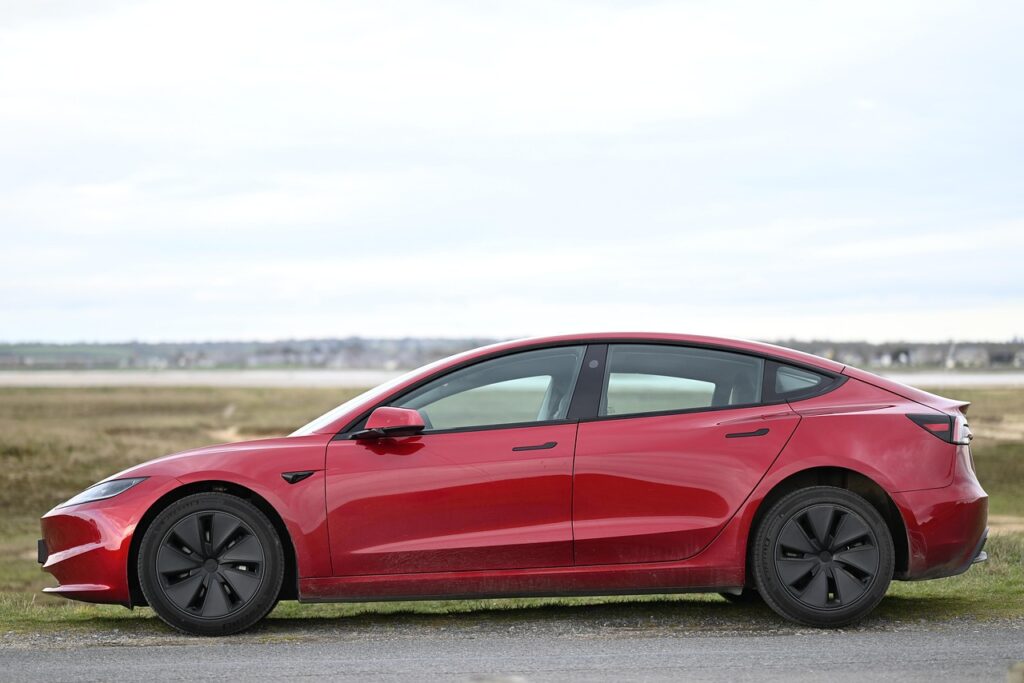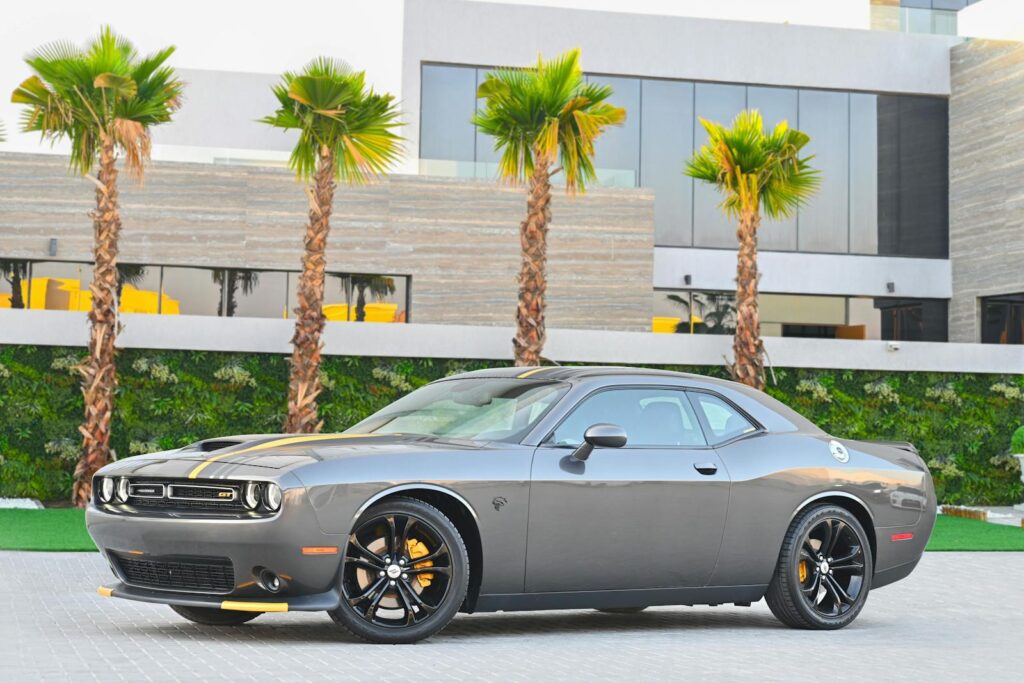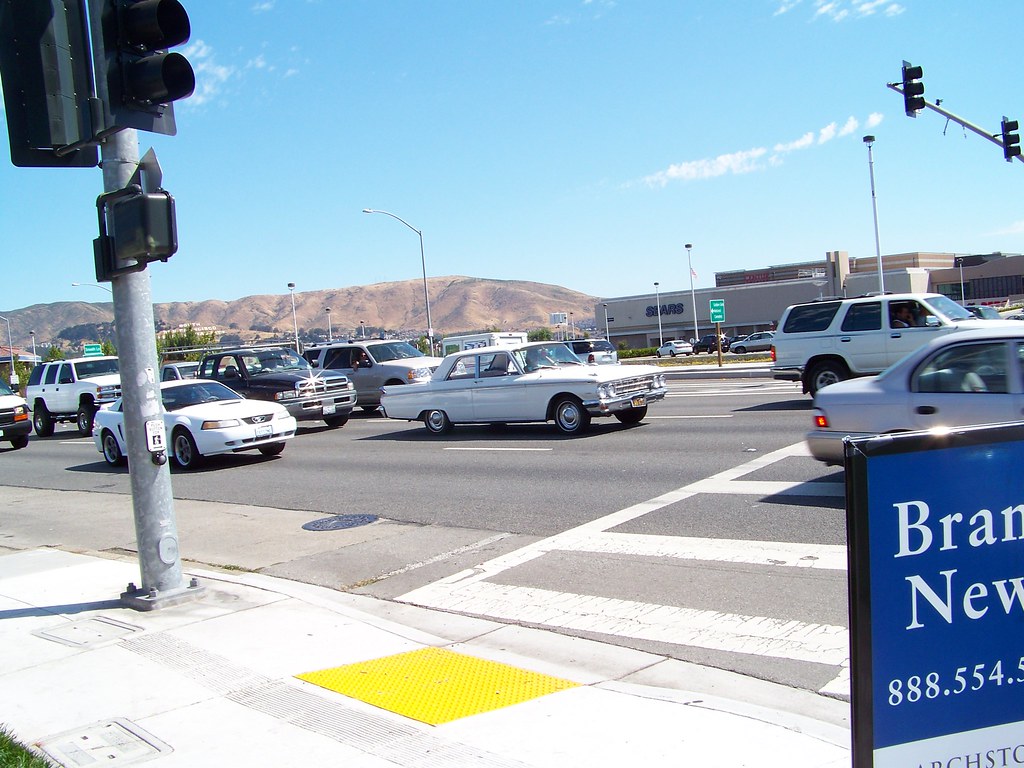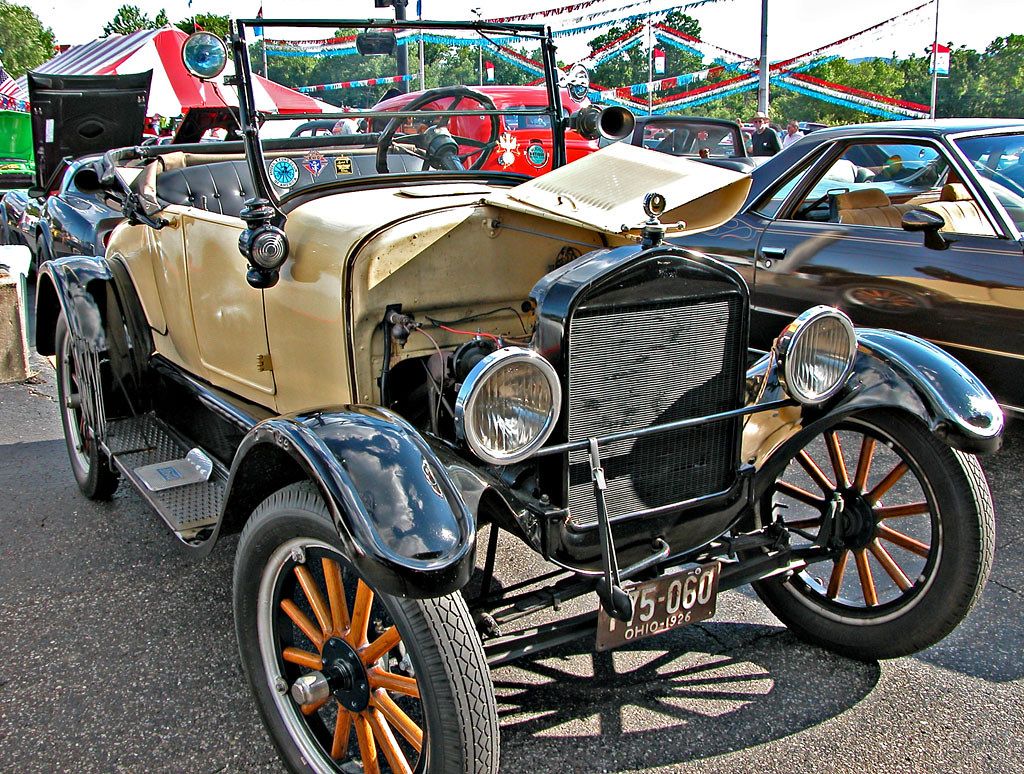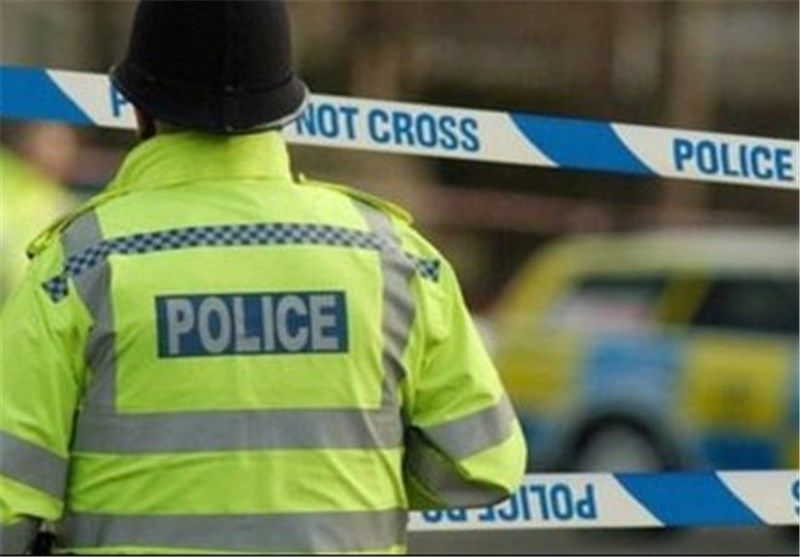
For every driver, the sight of flashing red and blue lights in the rearview mirror is a moment of instant dread, turning a casual commute into a stressful encounter. The threat of a speeding ticket or an unexpected traffic stop looms, often feeling like an unpredictable stroke of bad luck. Many of us have tried various ‘tricks’—from displaying pro-police decals to hoping a quick brake tap will save the day—only to find these are often myths, or worse, counterproductive. The reality, as police officers themselves confirm, is far simpler and yet more nuanced than many realize.
Contrary to popular belief, those “Thin Blue Line” stickers or “Support Our Police” decals, widely thought to be a potential pass from law enforcement, are largely ineffective. A recent Reddit thread on r/AskLE, where actual police officers directly answer questions, revealed an overwhelming consensus: these visible displays make virtually no difference in whether a driver gets pulled over. In fact, several responders went further, stating these stickers sometimes increase their scrutiny.
As one police officer candidly explained, “If anything I’m more suspicious when someone decides to post a bunch of pro-police stuff on their car,” echoing another who noted, “lots of people think like your friend and are trying to hide something.” The core takeaway is clear: the only real way to avoid a traffic stop is the “boring one,” as officers put it: don’t give police a reason to stop you.
The true “unexpected signal” to completely avoid speeding tickets isn’t a secret handshake or clever emblem; it’s a comprehensive combination of smart, proactive driving practices, keen situational awareness, and a deep understanding of how law enforcement operates. We’ve meticulously gathered expert insights from seasoned professionals, including retired police officers Harold Hilliard and Captain Michael Palardy, alongside experienced insurance advisor Bradley Hamburger. Their collective wisdom provides practical, expert-backed strategies that go well beyond surface-level tips, empowering you to navigate the roads like a true mechanic understands their engine. Let’s embark on a detailed exploration of the fundamental ways you can keep cruising ticket-free.

1. **Don’t speed—or at least keep it to a minimum**At the core of avoiding traffic tickets lies the most fundamental principle: simply observing the speed limit. This isn’t just about adhering to the law; it’s a critical safety measure that protects you, your loved ones, and every other person sharing the road. Speeding is a primary catalyst for accidents and, consequently, police intervention. It’s the fastest way to invite scrutiny, precisely what we aim to avoid. A 2021 RAND survey underscored this, reporting a staggering 8.6 million Americans are ticketed for speeding each year.
While the ideal is to always drive precisely at the posted speed limit, most drivers will admit to occasionally creeping a few miles per hour over. According to Captain Michael Palardy, you can “probably drive a few miles per hour above the speed limit without attracting the attention of police officers.” Retired officer Hilliard concurs, suggesting that “if the only thing you’re doing wrong is driving a few miles per hour over the speed limit, you’ll probably be fine.” This suggests a tacit understanding among officers, a small buffer where discretion might be exercised, provided no other infractions are present.
However, relying on this unwritten buffer is a gamble. Insurance advisor Bradley Hamburger issues a stark warning: “if you do get pulled over, all it takes is going one mph faster than the posted speed limit to get a ticket.” This highlights the crucial distinction between not *getting caught* and not *committing an offense*. While a slight deviation might go unnoticed, once a stop is initiated, any excess speed, no matter how minor, constitutes a legal violation and can lead directly to a citation. Consistent adherence to posted limits remains the safest method.

2. **Slow down near schools**Driving through school zones demands a heightened level of vigilance and strict adherence to speed limits, without exception. These areas are clearly marked with lights and signs, serving as undeniable reminders that children are present and vulnerability is high. This isn’t merely about legal compliance; it’s a matter of basic decency, common sense, and an unequivocal commitment to community safety.
Veteran police officers universally emphasize the critical importance of caution in these areas. It is a “safe bet that police officers are keeping a sharp eye on the safety of those roads,” our experts confirm. The enforcement presence in school zones is often more pronounced and less forgiving precisely because the stakes are so high. During school hours, or when children are likely to be present, these areas become priority targets for patrols looking to ensure compliance and deter reckless driving.
The same heightened scrutiny extends to residential neighborhoods, particularly during the school day. Beyond direct police presence, keeping an eye out for speed cameras is another crucial strategy. The Federal Highway Administration reports that when New York City implemented these cameras, they reduced speeding in school zones by an impressive 63% during school hours. Smartphone applications can also warn you of their presence. The ultimate responsibility rests with the driver to exercise caution and maintain appropriate speeds.
Read more about: Otis Davis: An Olympic Pioneer Who Shattered Barriers on Track and Defied Racism, Dies at 92
3. **Don’t speed in a fancy car**It might seem counterintuitive, but the type of car you drive can significantly influence whether you attract police attention, especially when it comes to speeding. While police officers certainly don’t harbor ill will towards luxury vehicles, these cars inherently stand out. They are, quite simply, more visible and often pique a natural curiosity in anyone, including law enforcement. Their aesthetic appeal and performance capabilities make them inherently more noticeable on the road.
Insurance advisor Bradley Hamburger, with a touch of humor that carries a sharp edge of truth, illustrates this point perfectly. He jokes, “If you’re driving a Bugatti even slightly over the speed limit, you might get pulled over just because, in addition to getting to write out a speeding ticket, the police officer now has the opportunity to check out your awesome car.” This isn’t a hypothetical scenario; it’s a reflection of real-world behavior. The combination of an easily spotted, high-performance vehicle and a minor infraction can be an irresistible draw.
The underlying principle here is visibility and perception. A luxury or high-performance car, by its very design, suggests speed and demands attention. When such a vehicle is observed exceeding the limit, even marginally, it confirms a pre-existing notion that luxury cars are often driven aggressively. This psychological factor can lead officers to target these vehicles more frequently, turning a minor transgression into a confirmed stop, simply because the vehicle itself is a magnet for observation. If operating a vehicle that inherently draws eyes, strive for absolute compliance.
Read more about: Dinner Dilemmas SOLVED! 15 Easy 15-Minute Meals for Your Craziest 2025 Nights (Seriously, We’re Obsessed!)
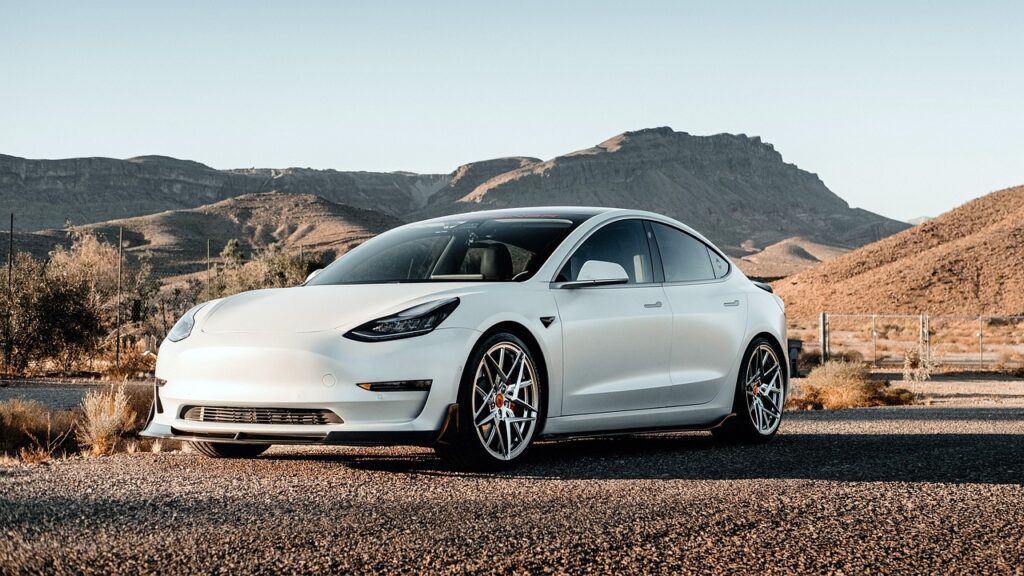
4. **Don’t try it in a beater, either**Just as a luxury car can attract unwanted attention, the opposite end of the automotive spectrum—a dilapidated or poorly maintained vehicle—is equally likely to draw the eyes of law enforcement. Retired officer Hilliard succinctly refers to such a rundown car as a “POS,” an acronym that perfectly conveys the negative impression it makes. If your car is a “beater,” it essentially signals potential issues, making it a natural target for a closer look by patrolling officers.
The condition of your vehicle is, in many ways, a non-verbal communication to police. Excessive smoke billowing from the exhaust, unusually loud engine or muffler noise, or the glaring absence of a functional taillight or headlight all broadcast a clear message of neglect. These aren’t minor aesthetic flaws; they are often indicators of underlying mechanical problems or, more critically, safety hazards that can directly lead to a traffic stop. Officers are trained to spot these tell-tale signs, which serve as legitimate reasons to initiate a stop for vehicle integrity checks.
This is where routine car maintenance becomes not just a matter of vehicle longevity, but a crucial strategy for avoiding police contact. Keeping your car in good working order means regularly checking your lights, ensuring your exhaust system is intact and quiet, and generally presenting a vehicle that appears roadworthy and safe. Moreover, certain vehicle deficiencies are direct legal violations. If your lights aren’t working properly, you can expect another violation because your car is legally required to have its headlights and taillights intact.
Read more about: The Gears of Time: Unearthing 14 Criminally Underrated Rides That Deserve Their Moment in the Sun
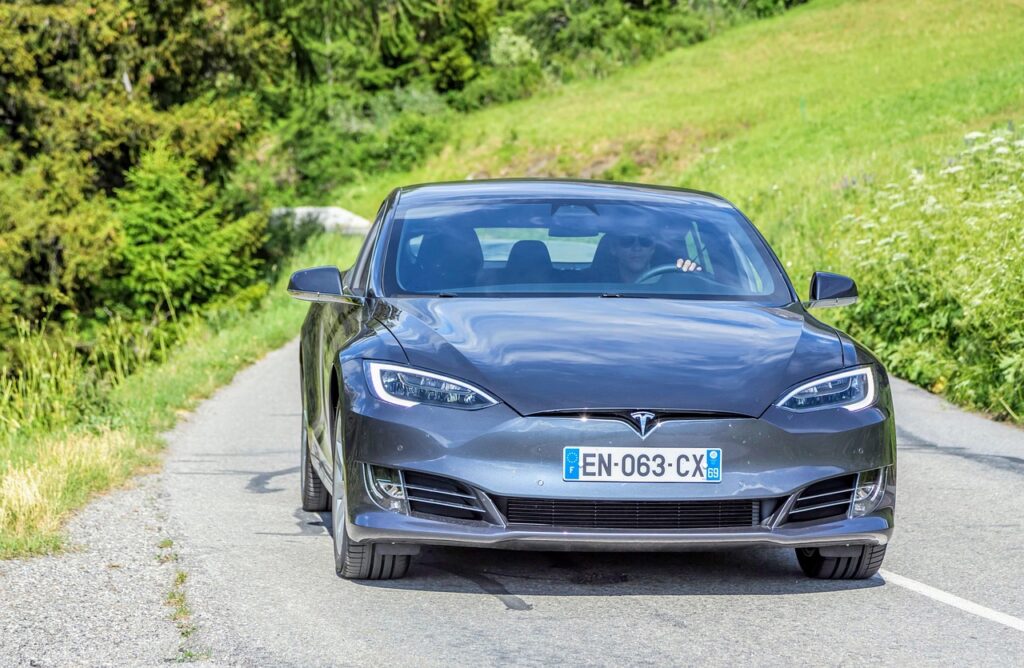
5. **Don’t speed with a baby face**For young drivers, the road ahead isn’t just about navigating traffic; it’s about navigating heightened scrutiny. Insurance advisor Bradley Hamburger unequivocally states that “young drivers are catnip to cops,” a vivid metaphor that captures the attention these demographics receive. This isn’t an arbitrary bias, but rather an observation rooted in statistics and the perceived characteristics of less experienced drivers.
A study conducted by the Bureau of Justice Statistics lends quantitative weight to this anecdotal wisdom, reporting that drivers aged 18 to 24 were statistically “most likely to have police-initiated contact,” with a significant 5% of that contact being related to traffic accidents. This data points to a reality where younger drivers, often due to their relative newness to the road and a perceived lack of extensive experience, are simply more visible targets for observation by patrol officers.
From an officer’s perspective, traffic stops involving young drivers often present an opportunity for a “teaching moment.” As the context notes, officers will be “only too happy to point out what young people are doing wrong.” While this isn’t always punitive, the outcome is still a traffic stop, which for the driver means an interruption, potential citation, and the anxiety that comes with being pulled over. The undeniable truth is that if you possess a “baby face,” you are, by default, being watched more closely.
Read more about: Megan Thee Stallion and Klay Thompson: Our Favorite Hot Girl & NBA Star Duo’s Most Adorable Moments!

6. **Wear that seatbelt**This might seem like a painfully obvious piece of advice, yet it remains one of the most common reasons drivers are pulled over. The simple act of fastening your seatbelt is not just a critical safety measure, but an instantly recognizable signal to law enforcement. As Bradley Hamburger succinctly puts it, “Cops can tell if you’re not wearing your seat belt.” The absence of that strap across your shoulder is a clear visual cue, a “blatant invitation” for a traffic stop, even if your speed is perfectly legal.
The implications of not wearing a seatbelt extend beyond just the initial stop. If you happen to be speeding *and* not wearing your seatbelt, you’re setting yourself up for a double whammy: “you’re going to wind up with two tickets: one for speeding, and one for failing to wear a seat belt.” This compounds the inconvenience and cost, turning a single mistake into a more significant financial and legal burden. It’s an easily avoidable escalation that adds unnecessary stress to any interaction with law enforcement.
Beyond the legal and financial ramifications, there’s an even more compelling reason to always buckle up: your life. The National Highway Traffic Safety Administration (NHTSA) reports a truly chilling statistic: “on average, a passenger vehicle occupant without a seat belt dies in a traffic crash every 50 minutes!” This stark reality underscores that a seatbelt is not just a regulatory formality but a vital piece of safety equipment, your primary defense in the event of an accident. Therefore, the instruction is unambiguous and non-negotiable: “So be sure to always wear a seatbelt—always.”
Read more about: Critical Car Choices: 14 New & Older Models to Avoid for Lasting Buyer’s Remorse

7. **Don’t drive distracted**Driving requires your full, undivided attention, a truth often highlighted by the dangers of distracted driving. When your focus is diverted from the road—whether by a smartphone, an engaging conversation, or even deep thought—your driving behavior inevitably changes, and not for the better. As Bradley Hamburger points out, driving with your attention on something other than the road, “like your smartphone,” can lead to you “drive too slowly.” Paradoxically, “if you’re driving significantly below the speed limit, you’re going to attract attention,” as unusually slow driving is just as much an anomaly as speeding.
However, driving too slowly is just one of many indicators police look for in distracted drivers. Other tell-tale signs include “weaving in and out of your lane,” a clear inability to maintain a straight course, or “looking down” repeatedly, indicating focus on something inside the vehicle. Officers also note “stopping for too long at stop signs or red lights,” betraying a delayed reaction time, or “talking animatedly (even without anyone else in the car),” which can suggest a highly engaging phone conversation or a mind preoccupied elsewhere. These behaviors are all red flags that scream “distraction.”
The pervasive nature of smartphones has led many to believe that hands-free devices mitigate the risk. “Seriously?” you might think, “Even if you’re using your phone hands-free?” Hamburger delivers a harsh reality check: “distracted driving isn’t only about what’s in your hand. Eighty percent of the distraction is the conversation.” The mental load of engaging in a complex or emotional conversation, even without holding the phone, significantly diminishes your cognitive capacity to react to road conditions. The physical act of holding the phone “accounts for the last 20%.”
Read more about: The Ultimate Road Trip Safety Playbook: 12 Non-Negotiable Rules to Keep Your Journey Smooth and Secure for Every Driver
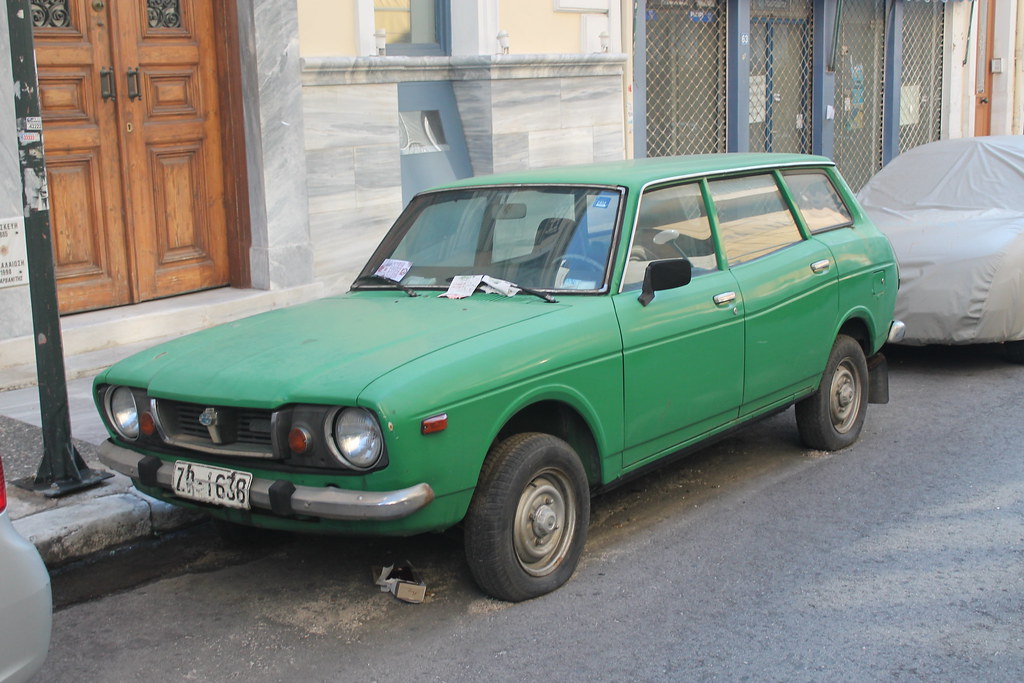
8. **Renew your registration**Amidst all the nuanced advice about driving habits and vehicle appearance, one crucial and entirely administrative step often gets overlooked: ensuring your vehicle registration is current. This is not merely a formality; it is a fundamental legal requirement for operating a vehicle on public roads, and neglecting it is an open invitation for a traffic stop. The question isn’t whether an expired registration will be noticed, but when.
Officers have access to digital systems that instantly flag vehicles with expired registrations as they pass by or are observed. Driving around with an expired registration is, to put it plainly, “just asking for a ticket.” It’s a violation that leaves no room for debate or discretion. The expiration date is a factual record, and if it’s past due, you are in violation of the law.
The simplicity of this advice belies its immense importance: “Want to know how to avoid getting pulled over altogether? Renew your registration!” This singular action eliminates a primary, undeniable reason for a police officer to initiate a stop. An expired registration is a clear and verifiable offense that officers are mandated to address. It’s a low-effort, high-impact preventative measure. Regularly checking your expiration date and setting up reminders can prevent this common oversight, as many jurisdictions now offer online renewal processes, making it convenient to stay compliant.
Navigating the complexities of modern driving requires more than just knowing the rules; it demands a strategic awareness of your surroundings and the subtle cues that can either keep you cruising smoothly or land you in a roadside conversation with law enforcement. While Section 1 focused on fundamental driving habits and vehicle readiness, this next phase dives deeper, equipping you with advanced insights and tactical responses. We’ll explore everything from the often-overlooked psychology of car color to leveraging cutting-edge technology and, crucially, mastering the art of a positive traffic stop interaction. These strategies, combined, form a holistic approach to truly staying off the radar.
Read more about: Beyond the Sticker Price: Uncovering the True Financial Commitment of Car Ownership
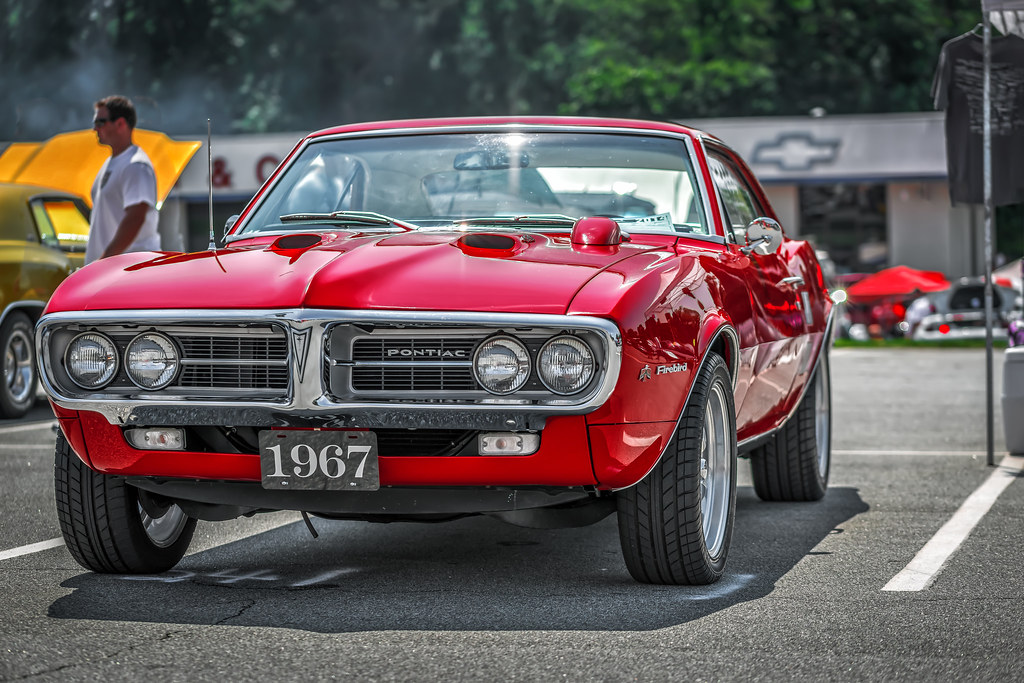
9. **Get a boring-colored car**It might sound like something out of a spy novel, but the color of your car can, believe it or not, play a subtle role in whether you attract the attention of a police officer. Bradley Hamburger, our seasoned insurance advisor, points out that vehicles in more subdued or conservative shades like black, navy, and dark gray tend to accrue fewer tickets. This isn’t about officers having a personal vendetta against bright hues; it’s far simpler and rooted in basic visibility principles.
Indeed, the underlying reason is that these ‘boring’ colors simply blend into the visual landscape more effectively. Red, green, and yellow cars, by their very nature, are designed to catch the eye. They stand out against the asphalt and surrounding environment, making them inherently easier for anyone, including law enforcement, to spot from a distance. A car that is easily seen is a car that is more easily observed if it’s committing an infraction.
While vibrant colors might make a statement, they inadvertently make your driving more noticeable, magnifying any minor deviations from traffic laws. If your car is a beacon of color on the road, it’s prudent to ensure your driving behavior doesn’t give police any additional reason to single you out. The goal, after all, is to remain inconspicuous if you wish to minimize police interactions.
Interestingly, while bright colors are often perceived as ticket magnets, American Auto Insurance reports that white cars are actually pulled over the most. However, this isn’t due to white being an inherently conspicuous color that attracts officers. Rather, it’s a statistical anomaly: white cars are simply the most popular color choice, comprising about 35% of all vehicles on the road. More white cars mean more opportunities for them to be involved in traffic stops, regardless of color-specific scrutiny. The key remains consistency in driving habits rather than relying solely on your vehicle’s paint job.
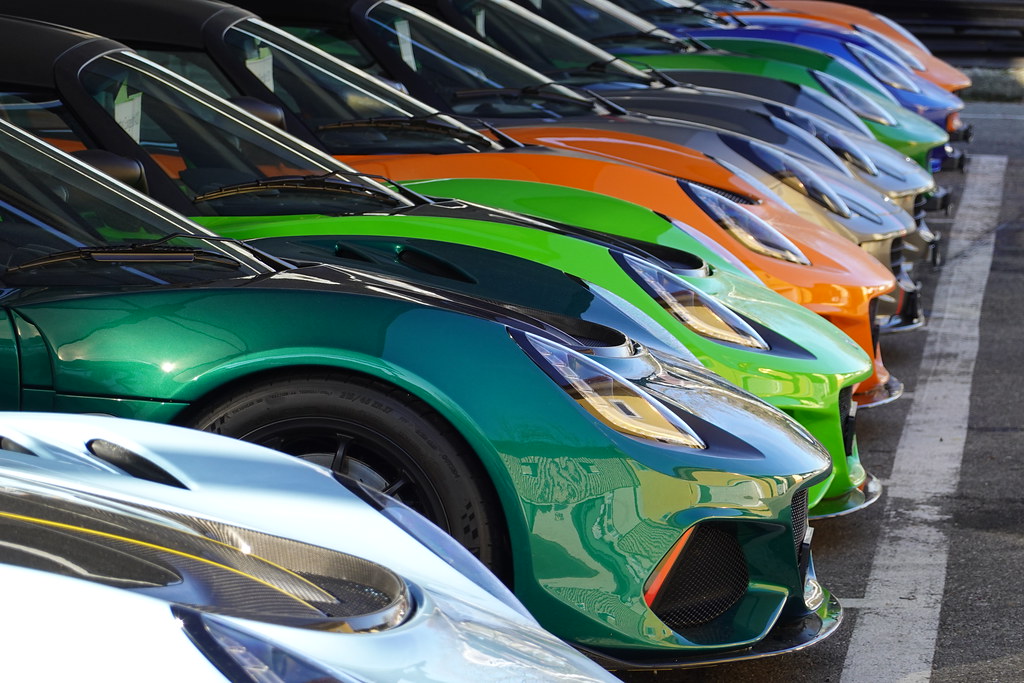
10. **Don’t speed the last week of the month**Timing, as they say, is everything, and this adage holds surprisingly true when it comes to avoiding a speeding ticket. One invaluable piece of tactical advice, again from insurance advisor Bradley Hamburger, is to be especially vigilant about your speed during the final week of any given month. This period, he explains, often coincides with a heightened enforcement drive from law enforcement agencies.
The rationale behind this intensified crackdown is straightforward, albeit controversial: many jurisdictions operate with monthly quotas for traffic citations. As the month draws to a close, officers who might be falling behind their targets will suddenly feel the pressure to ‘catch up’ on ticketing. This translates into a period where even minor infractions that might typically warrant a warning could instead result in a full-fledged citation.
During the first three weeks of the month, there might be a bit more leniency, or a ‘buffer’ as we discussed earlier, for those few miles per hour over the limit. However, come the last week, that unspoken buffer often disappears. Officers become less inclined to exercise discretion, understanding that their statistics for the month are on the line. What was once a minor oversight could now easily ‘nail’ you with a ticket.
Therefore, a conscious awareness of the calendar can be a powerful tool in your driving strategy. While the overarching rule is always to obey the speed limit, understanding these potential enforcement patterns allows you to add an extra layer of caution precisely when it’s most needed. Treat the last week of the month as a high-scrutiny period, and your chances of remaining ticket-free will significantly increase.
Read more about: Beyond the Circular: Deconstructing the ALDI Weekly Ad for the Savvy Shopper
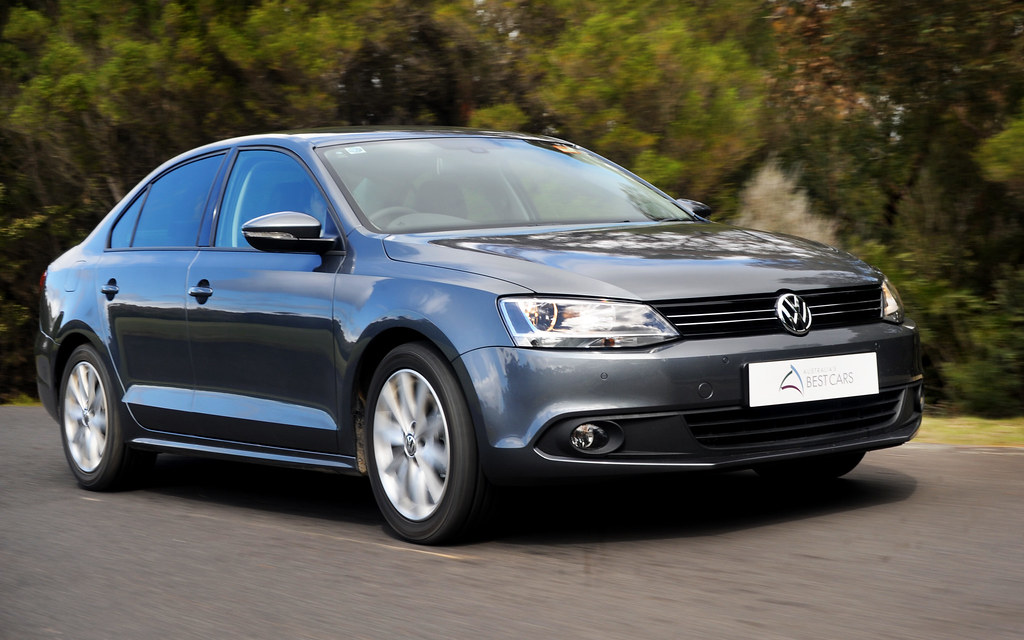
11. **Don’t be a leader**Driving is often a communal experience, especially on highways, where traffic tends to move in packs. Within these groups, a subtle dynamic plays out, one that can significantly impact whether you become a target for law enforcement. The core principle here is simple: avoid being the most noticeable car, particularly the fastest one, within a flow of traffic. Becoming the ‘leader’ is a surefire way to draw unwanted attention.
Consider a scenario on the highway where multiple cars are exceeding the speed limit. If you are the vehicle actively passing every other car, accelerating faster and distancing yourself from the pack, you are essentially signaling to any observing officer that you are the primary candidate for a traffic stop. You are making yourself the most obvious infraction in a sea of potentially lesser ones. This makes you an easy and undeniable target.
Conversely, as Bradley Hamburger notes, referencing insights he’s gathered from police officers, if you find yourself surrounded by other drivers who are ‘flying by’ at higher speeds, you might ‘get away with being a few miles over the posted limit.’ This isn’t an endorsement of speeding, but rather an observation of how police prioritize enforcement: they often target the most egregious and visible offenders within a group. Blending in, even within a speeding group, can offer a marginal and risky form of protection.
However, it’s critical to understand that this is a tactical observation, not a license to speed. Relying on the presence of faster drivers is a gamble that can backfire, as an officer can still pull over any vehicle exceeding the limit. The true takeaway is to be highly aware of your relative speed to those around you. If you are consistently the fastest, you are placing yourself in the most vulnerable position. Prioritize maintaining the speed limit, but if you find yourself in a pack, avoid the temptation to lead the charge.
Read more about: Christoph von Dohnanyi, Maestro of Meticulous Artistry and Cleveland Orchestra’s Transformative Leader, Dies at 95
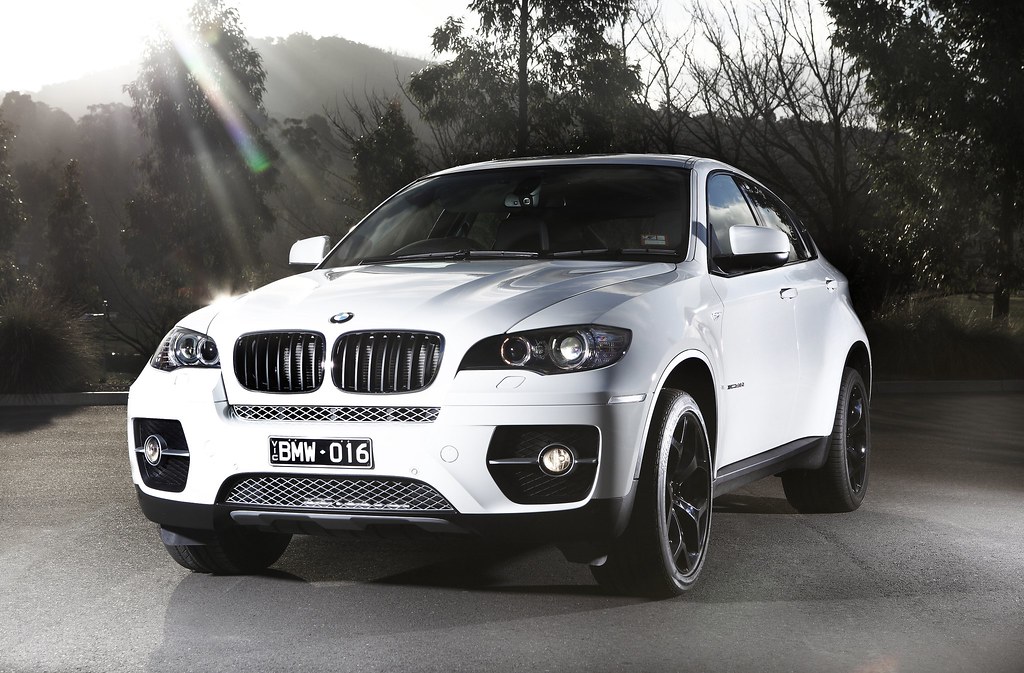
12. **Stay informed (e.g., Waze)**In our increasingly connected world, information is power, and this extends directly to avoiding traffic citations. Leveraging technology and community-sourced intelligence has become a highly effective strategy for anticipating and evading speed traps. Modern smartphone applications offer an unprecedented level of real-time awareness, turning your daily commute into a much more informed journey.
Among these digital aids, Waze stands out as a particularly powerful tool. Hamburger specifically suggests using this smartphone app, which goes beyond standard GPS navigation. Waze’s brilliance lies in its crowdsourcing feature, where users actively input and share real-time data on everything from traffic congestion and road hazards to, most crucially, the locations of police cars and various speed traps. This community intelligence forms a dynamic, constantly updated network of warnings.
When drivers encounter law enforcement activity, whether it’s a visible patrol car, a hidden radar gun, or a stationary speed camera, they can ‘drop pins’ on the Waze map. This immediate sharing means that as you approach an area with reported police activity, the app will proactively alert you, giving you crucial advance warning. This foresight allows you to adjust your speed and driving behavior well before you come into the officer’s view, effectively neutralizing the surprise element of a speed trap.
However, the power of such technology comes with a vital caveat: the absolute importance of remaining distraction-free while driving. While Waze provides invaluable alerts, actively interacting with your smartphone while behind the wheel can be perilous. The app itself reminds users that ‘messing with your phone while driving can be hazardous’ and that ‘taking your eyes off the road for even a second can be a potentially life-changing decision.’ The benefit of avoiding a ticket is never worth the risk of an accident.
Therefore, while leveraging Waze and similar apps can be a ‘surefire way to avoid getting pulled over’ by knowing where speed traps are, it’s imperative to use them responsibly. Mount your phone securely, rely on audio alerts, and ensure your primary focus remains squarely on the road ahead. Informed driving is safe driving, but only when executed with unwavering attention to the task at hand.

13. **Heed the blinking lights of other cars**Before the advent of advanced navigation apps and digital community alerts, drivers relied on a more rudimentary, yet surprisingly effective, system of communication: the subtle signals from fellow motorists. One of the oldest and most universally understood signals on the road is the quick flash of high beams from an oncoming vehicle. While sometimes it might genuinely be a complaint about your headlights, it often carries a far more valuable message for your driving strategy.
As Bradley Hamburger points out, that driver heading towards you with a rapid flicker of their lights ‘could be warning you of a police car up ahead.’ This unofficial, unspoken warning system among drivers is a testament to shared road solidarity. It’s a simple, non-verbal way for one driver to inform others about a potential speed trap or active law enforcement presence around the bend or over the next hill. Ignoring such a signal could mean missing a critical heads-up.
This informal network transforms every cautious driver into an accidental early warning system for others. When you receive such a signal, your immediate response should be to heighten your situational awareness and, most importantly, check your speed. It’s an opportunity to ensure you are well within the posted limits before you potentially come into the line of sight of a radar gun.
While always be mindful that your own headlights might need adjustment if you receive such a flash, the default assumption should lean towards a warning about enforcement. Taking heed of these blinking lights and reducing your speed proactively is a practical, no-cost method to potentially avoid a citation that you wouldn’t have otherwise seen coming. It’s a reminder that even in an age of technology, the human element of driving remains a powerful resource.
14. **Come to a complete stop at stop signs**Some rules of the road are so fundamental, so seemingly obvious, that they are often paradoxically overlooked or casually violated. The complete stop at a stop sign is one such rule. While it appears basic, the ‘rolling stop’ – where a driver merely slows down before proceeding – is an incredibly common infraction, as noted by Bradley Hamburger. This isn’t just a minor technicality; it’s a significant safety issue and a glaring red flag for patrolling officers.
The implications of a rolling stop extend far beyond the driver’s convenience. Failing to come to a full halt jeopardizes the safety of other drivers, who might be expecting you to obey the rule before entering an intersection, and critically, pedestrians. A fraction of a second can mean the difference between avoiding an accident and causing a serious collision, particularly in bustling residential areas or near schools where children might be present.
From a law enforcement perspective, a rolling stop is an easy and undeniable violation to spot. It provides a clear and legitimate reason for an officer to initiate a traffic stop. Hamburger emphasizes that this behavior is ‘a good way to catch the attention of a police officer, particularly in residential areas,’ where vigilance is often higher due to the presence of homes, children, and often, less traffic control than on main arteries.
Therefore, the seemingly mundane act of coming to a ‘complete stop’ becomes an essential strategy for avoiding unwanted police interaction. It’s a low-effort, high-impact action that demonstrates adherence to basic road rules, prioritizes safety, and eliminates one of the most common and easily observed reasons for a traffic stop. Make it a non-negotiable habit to stop fully, count to one or two, and then proceed safely.
Read more about: Automotive Icons Unraveled: The Definitive Account of 15 Star Brands and Models That Fell From Grace
15. **Pulled over? You could still avoid a ticket**The moment those ‘whoop whoop’ noises and flashing lights appear in your rearview mirror, a universal sense of dread descends. But even at this stressful juncture, all hope is not lost. The way you conduct yourself during a traffic stop can profoundly influence the outcome, potentially turning a certain citation into a warning. Bradley Hamburger, our expert, stresses that there is a ‘right way and a wrong way to talk to a policeman,’ and mastering this interaction is crucial.
Firstly, maintaining your composure is paramount. Slow down safely, pull over to a safe location, and most importantly, remain ‘unfailingly polite,’ as Hamburger advises. Your attitude and demeanor are immediately assessed by the officer, and a respectful, cooperative approach can significantly soften the interaction. Conversely, any hint of aggression, argumentativeness, or disrespect can quickly escalate the situation and make a warning far less likely.
Key physical actions during the stop also matter. Hamburger unequivocally states, ‘Don’t get out of your car,’ no matter how long it takes the officer to approach. Police officers are trained to prioritize their safety, and an unexpected exit from your vehicle can be perceived as a threat. ‘Even with a weapon, every traffic stop a police officer makes could be the last,’ Hamburger explains, underscoring the inherent risks officers face. Follow all instructions given by the officer without hesitation.
While being polite and cooperative, it’s also wise to be discerning about what you say. ‘Don’t offer a confession,’ Hamburger stresses, because anything you say can be used against you in traffic court. Instead, utilize the opportunity to convey that you are a ‘safe-driving, law-abiding citizen.’ You have a precious ’30 seconds to convey that,’ so use it wisely to make a positive impression without incriminating yourself.
If you have a clean driving record, respectfully let the officer know you’ve ‘never gotten a speeding ticket before.’ If there was a specific, justifiable reason for a momentary lapse, such as swerving or speeding up to avoid a pothole or another hazard, politely explain the circumstances. Such factual, polite explanations, combined with a good attitude and smooth talking skills, might just be ‘enough for the officer to let you go with a warning and avoid getting a ticket.’ Your actions and words in these critical moments can truly make all the difference.
* * *
From understanding the subtle psychology of car colors to leveraging the collective intelligence of digital apps, and crucially, navigating the high-stakes moment of a traffic stop, these advanced strategies provide a comprehensive roadmap for the vigilant driver. The pursuit of a ticket-free driving record is not about finding loopholes or magical charms; it’s about an unwavering commitment to informed, proactive, and respectful behavior on the road. By integrating these insights into your daily driving, you’re not just avoiding citations – you’re becoming a more aware, safer, and ultimately more confident driver. So, go forth, stay informed, and enjoy the open road with the peace of mind that comes from being a true pro behind the wheel.

